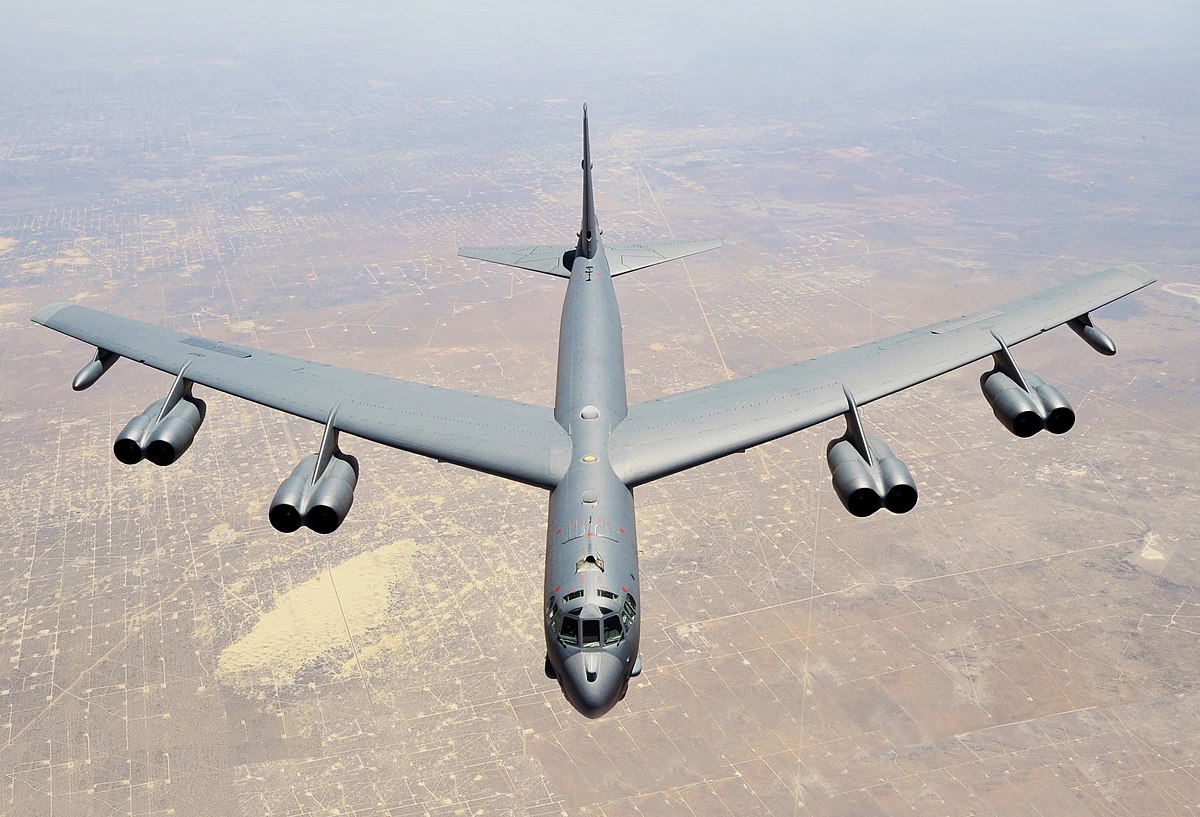Eh, not quite. Looking around to see if there was an easily google-able direct reference to a tank's targeting computer, and they do have
augers,
auspex, and/or
scanners. Reading though, its not clear to me exactly how much these are different things, or general terms for sensors in general. Also, when given any sort of hard stats, they generally seem to be for personal equipment, probably drawn from the 40k RPG, not vehicle grade equipment.
You also have
signum's and
Targeter's, which is more or less what were talking about here, but there generally only expicitly listed when carried by infantry, so vehicles may or may not have them as well. And as soft SF, the exact workings of any of them are fairly vague.
Plus we do have the more unique ways the Imperium deals with this these things, namely
biotics and psykers. Biotics deserve at least some consideration, due to their relative commonness:
"Personnel in practically all branches of the Imperium use bionics in some capacity. In most
Imperial Guard Regiments, only
officers will have access to bionic equipment. On the other hand, there are a few regiments where virtually every soldier is bionically enhanced."
It is pretty common for models and pictures to show officers with one eye replaced with some sort so sensor, though quick google didn't turn up the specific model, despite how common it seems.
"Such is the level of technology in certain parts of the Imperium that bionic senses can replace eyes, ears, noses, and even touch and taste. More advanced bionic senses can even produce effects of synaesthesia.
[Needs Citation]
Bionic eyes can increase a subject's visual spectrum, allowing the ability to see heat, energies, etc., as well as incorporating targeters and resistance to the effects of blinding flashes. The addition of
digi-weapons into bionic eyes is also not unknown for high-ranking individuals.
[1]
Bionic hearing can improve normal hearing to the point where the user can hear living creatures breathing, hearts beating, etc."
This red eye thing shows up a lot in the art.
It would seem very in line with 40k to, rather than to put a targeting computer in a tank, to instead put a targeting computer in the gunners head. If the gunners worth of one at least, which suggests higher quality troops. Though its also somewhat vague of where Leman Rus crewmembers sit on the imperial guard importance of equipment hierarchy.
Aircraft and drones are one of those things I was going a bit back and forth on. On the one hand, the US military is more or less designed to operate with some airborne presence, but on the other hand considering air and ground in parrel dramatically complicates an already complicated situation. And forces a conversation on a whole other bunch of questions, such as how effective arial surveillance is (We have a lot of it over the Russians and Taliban, and while it wasn't fun for them, didn't result in instant death either) and how good Imperial AA is, considering a whole nother class of equipment.
Air is especially trickly because that's getting into imperial navy territory, an area of particular inconsistency: its unambigously high tech, and very powerful high tech, necesary to the setting. And since its so detached from real life experience, or real physics, that concretely translating that is difficult. So I wanted to minimize those considerations.
Still, it does seem like the imperial guard vehicles do have some sensors/augers which would allow them to perform conventional counter battery operations. Unfortunately, it looks like when a book says auger/auspex/scanner it could mean near literally anything:
"These scanners can include radar, infrared detection, ultraviolet detection, lidar, chemical assays, sonar, spectroscopy, and other technologies, all intended to detect and analyses sources of energy and other phenomenon on planets or in the void of space."






